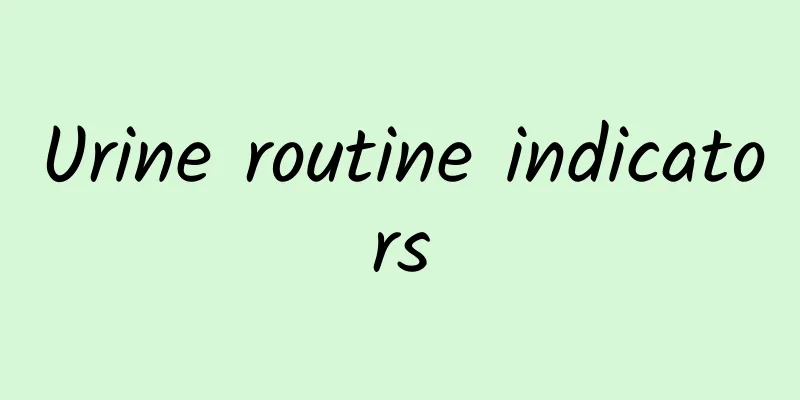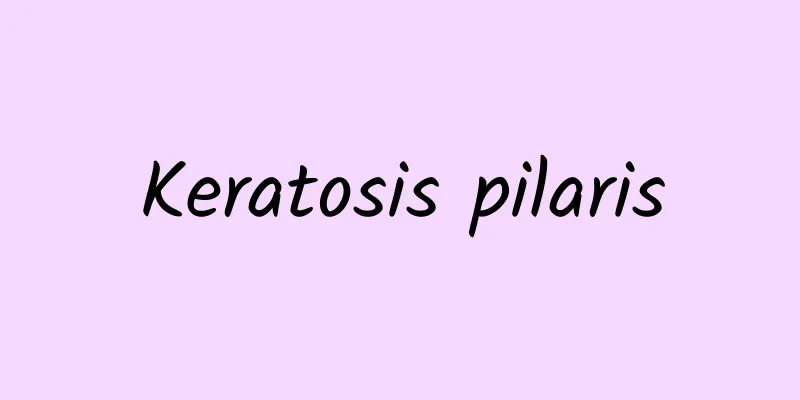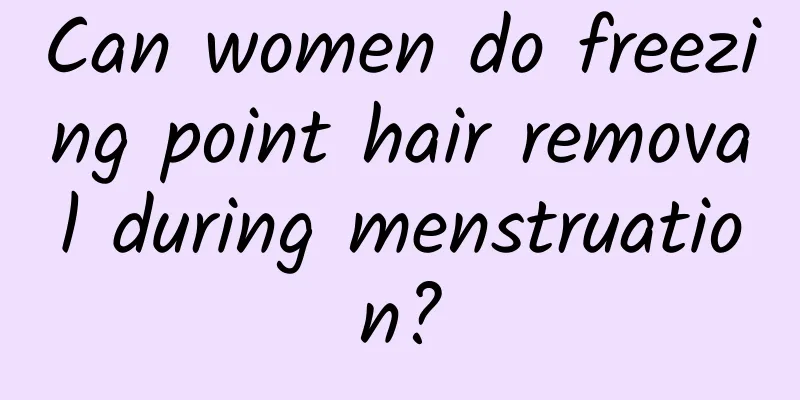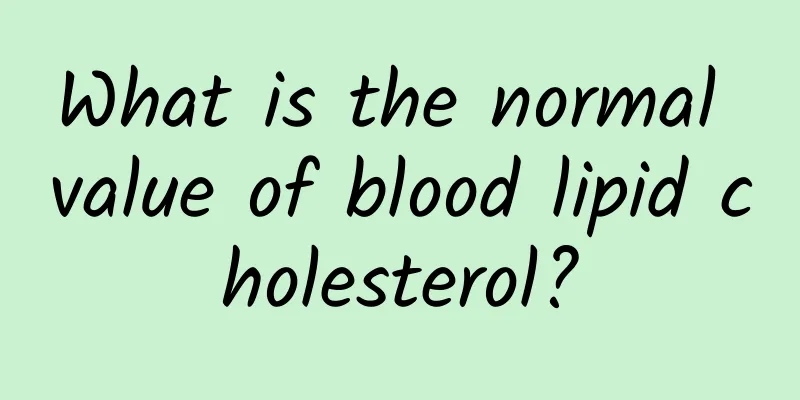Chinese medicine massage techniques, Chinese medicine massage should pay attention to
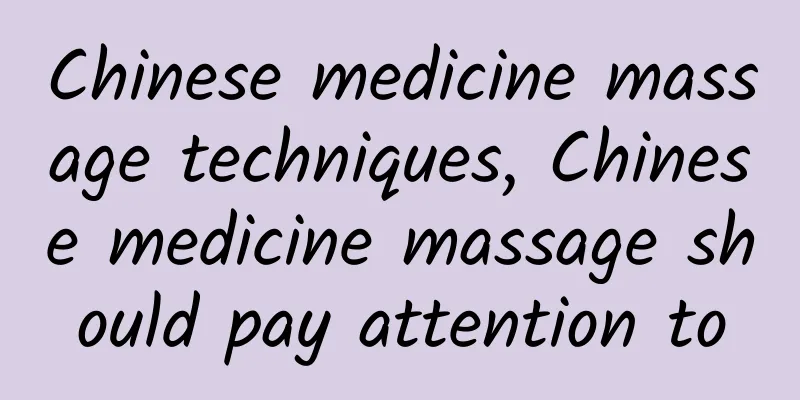
|
Tuina massage is a treatment method in Traditional Chinese Medicine. Through such methods, toxins can be expelled from the body and the internal balance of the body can be adjusted. However, the massage in traditional Chinese medicine is based on the meridian theory of traditional Chinese medicine. It cannot be done casually and requires mastering certain methods. 1. Point method1: Use the protruding part of the flexed interphalangeal joint as the force point and press on a certain treatment point, which is called point method. It evolved from An Fa and can be classified into the category of An Fa. It has the characteristics of concentrated force points and strong stimulation. There are three methods: thumb point method, flexed thumb point method and flexed index finger point method. 1. Essentials of the technique ① Thumb end point method: Make a fist with your hand, straighten your thumb and place it close to the radial side of the middle segment of the index finger, and press the treatment area with the tip of the thumb as the force point. ②Flexed thumb pressing method: Make a fist, bend the thumb and press it against the radial side of the middle segment of the index finger, and press the radial side of the thumb interphalangeal joint as the force point on the treatment area. ③ The method of pressing with the flexed index finger: make a fist with the index finger protruding, and use the proximal interphalangeal joint of the index finger as a force point to press on the treatment area. 2. Press the method1: Use your fingers or the palm of your hand to apply pressure on a part of the body surface or an acupuncture point, and gradually press down with force. This is called pressing. In clinical practice, there are finger pressing and palm pressing. Pressing can also be combined with other techniques. If combined with pressure, it is called pressing. If combined with kneading, it becomes pressing and kneading. Three: Finger Pressing1: A technique of pressing the body surface with the thumb or fingertips is called finger pressing. When the strength of one finger is insufficient, you can use the thumb of your other hand to overlap and assist in pressing. It is often used in combination with kneading in clinical practice. 1. Key points of the technique: ① The direction of pressure should be vertically downward. ② The force should be applied from light to heavy, steadily and continuously, so that the stimulation can fully reach the deep tissues of the body. Avoid using swift violence. ③ When the pressing method ends, do not relax suddenly, but gradually reduce the pressing force. 2. Applicable parts: acupoints throughout the body. 3. Efficacy: Antispasmodic and analgesic, warming the meridians and dispersing cold 4. Main indications: pain, urinary retention, etc. 4: Shooting method1: Put your five fingers together naturally, bend the metacarpophalangeal joints slightly, make the palms empty, and then use the empty palms to rhythmically pat the treatment area, which is called the patting method. 1. Essentials of the technique: ① Keep the fingers firm and the palm empty, and use the vibration of air, combining the solid and the empty, to produce clear and painless slapping sounds. ② The hitting method should rely mainly on wrist strength, and be flexible and free. ③ Generally, patting 3 to 5 times is enough. For those whose skin is dull and numb, pat until the epidermis turns slightly red and congested. 2. Applicable parts: shoulders, back, lumbar spine, outer thighs, and outer calves. 3. Efficacy: Promotes qi and blood circulation, relaxes muscles and dredges. 4. Indications: rheumatic pain, numbness, muscle spasm, etc. Five: Rolling1: This technique has the characteristics of large surface contact area, strong stimulation force and very gentleness. Mainly used to treat diseases of the musculoskeletal system and peripheral nervous system. The entire technique is completed by the coordination of two parts: one is the rotation of the forearm; the other is the compound technique composed of the flexion and extension of the wrist joint. The force is applied from the hypothenar muscle to the dorsal side of the fifth and fourth metacarpal bones. 2: 1. Key points of the technique: ① The two movements of forearm rotation and wrist flexion and extension must be coordinated. That is, when the forearm is pronated, the wrist joint must be extended, with the hypothenar muscle as the fulcrum. On the contrary, when the forearm is supinated, the wrist joint must be flexed, with the dorsal sides of the fifth and fourth metacarpal bones as the fulcrum. This creates a continuous rolling back and forth on the body surface. The frequency is about 120 to 160 times per minute. ② Keep your body upright. Do not bend your back or sway your body. ③ Let the shoulder joint hang naturally, keep the upper arm 5 to 10 cm away from the chest wall, and never swing the upper arm. ④ The wrist joint should be relaxed, with a large flexion and extension range of about 120° (flexion of the wrist is about 80°, extension of the wrist is about 40°). ⑤This method highlights the character “扌衮”. Avoid dragging, rubbing, moving, jumping, pressing, or hitting the back of your hand against the treatment area on the body surface. 2. Applicable parts: neck, shoulders, back, waist, buttocks, limbs and other areas with thick muscles. 3. Efficacy: Relax muscles and activate blood circulation, relieve spasms and relieve pain, loosen adhesions, lubricate joints, etc. 4. Main indications: rheumatic pain, skin numbness, limb paralysis, motor dysfunction, etc. 6. Palm Pressing1: A method of pressing the body surface with the base of the palm or the entire palm is called palm pressing. Palm pressing can be done with one palm or with both palms crossed and overlapping. It can also be used in combination with kneading. 1. Key points of the technique: ① Pause for a moment after pressing, and then repeat the pressing for the second time. ② To increase the pressing force, straighten both elbows, lean forward slightly, and press down with part of your body weight during the operation. 2. Applicable parts: The waist, back, abdomen and other parts with large and relatively flat surface areas. 3. Efficacy: loosen tendons and veins, warm the middle and dispel cold, promote blood circulation and remove blood stasis. 4. Indications: low back pain, scoliosis, abdominal pain, etc. Seven: "Replenish the deficiencyIf it is real, then purge it. "To replenish means to replenish the deficiency of the body's positive energy; to purge means to purge the excess of evil energy. It means that under the guidance of the basic theory of traditional Chinese medicine, doctors use certain techniques to promote or inhibit the function of a certain organ. |
<<: Eating this way can help strengthen your body and improve your immunity
>>: How to regulate allergic constitution, daily conditioning methods
Recommend
What causes purple spots on tongue?
When treating diseases, Chinese medicine emphasiz...
How to improve hematopoietic function
The human body's metabolism is due to the con...
What causes underbite?
Overbite is a relatively common dental deformity....
Does Pu'er tea have antidote properties?
Xiaoqinggan has always been one of the most widel...
Pearly rash on male genitals
Pearly rash on the male genitals is also a relati...
The pros and cons of daily sex
A moderate sex life is more beneficial to the bod...
How big is the uterus?
The uterus is a place where the baby is conceived...
How to eat Tibetan snow lotus
How to eat Tibetan snow lotus well, or how to eat...
What is the cause of rib bone hyperplasia?
Rib bone hyperplasia is also a type of bone hyper...
Can Chinese medicine facial mask remove freckles?
Facial freckles are a common skin problem, but fo...
What ointment to use for nodular eczema
Nodular eczema affects many people. Some people t...
What to do if your child develops prematurely
In recent years, it is not uncommon for children ...
How to stimulate pituitary secretion
The pituitary gland plays an important role in th...
Sun allergic dermatitis
Many people have been exposed to sunlight in thei...
What are the causes of difficulty falling asleep?
Many people tend to ignore the problem of difficu...
